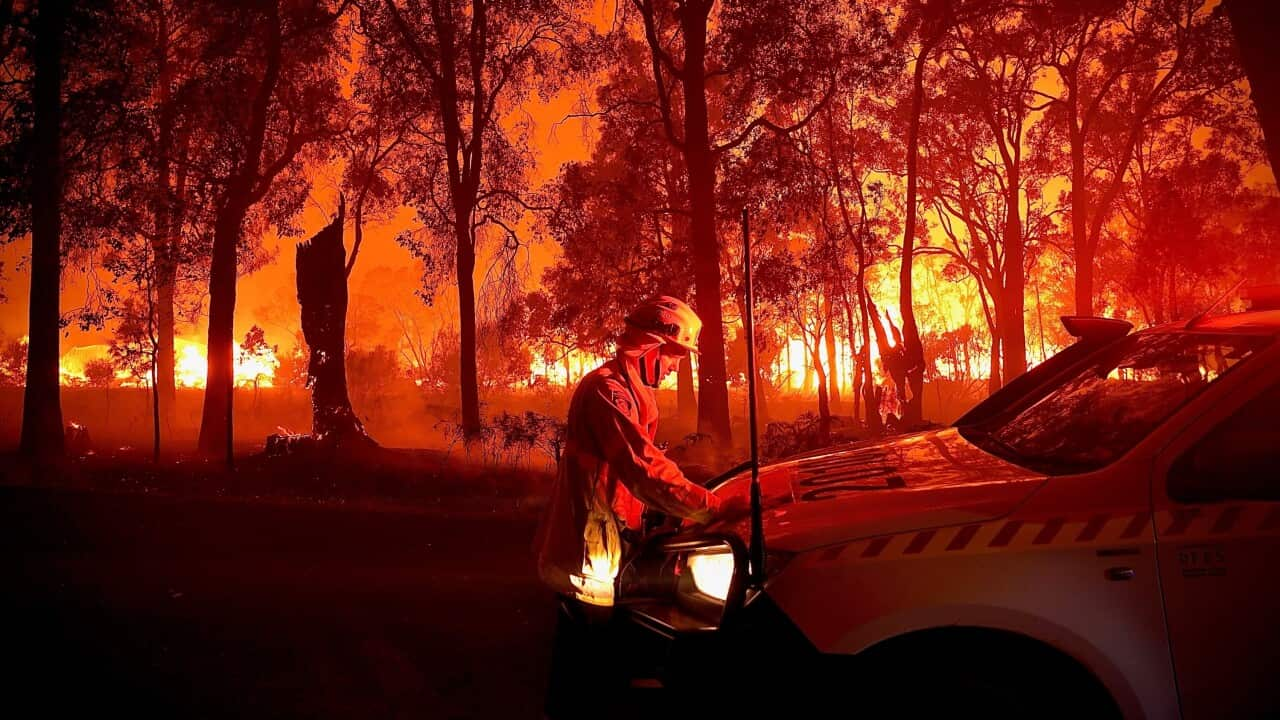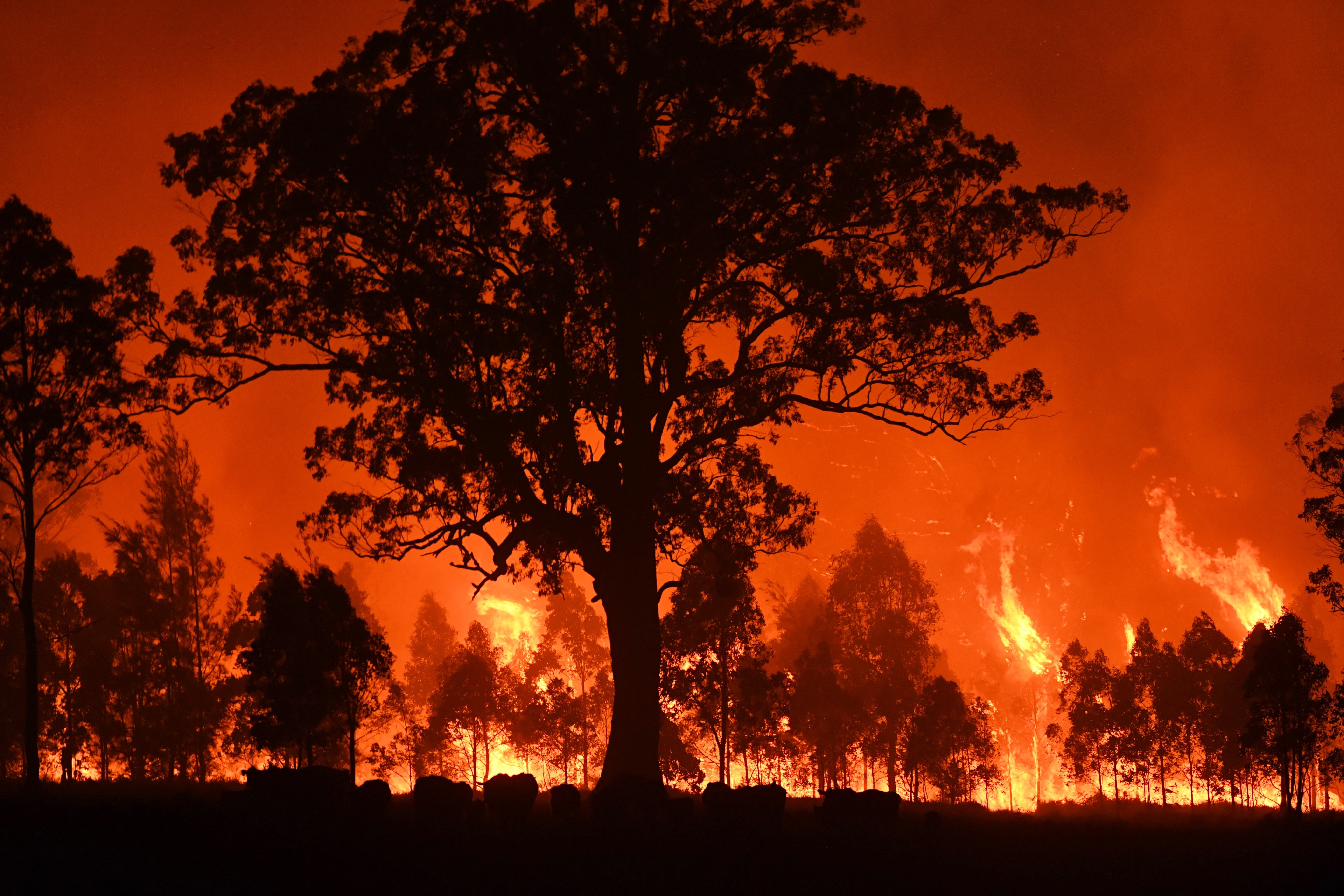Navigating the Requirements: Your Overview to Getting a BAL Report
Navigating the Requirements: Your Overview to Getting a BAL Report
Blog Article
The Significance of Bushfire Administration in Fire Protection
In the realm of fire defense, the importance of efficient bushfire management can not be downplayed. As communities around the world come to grips with increasing circumstances of wildfires, the aggressive approach to avoid and mitigating these all-natural calamities via calculated bushfire monitoring methods has actually arised as a critical element. Past the prompt hazard to human life and building, the interplay in between bushfire monitoring and environmental conservation, community participation, and environment change postures complex difficulties that need comprehensive remedies.
Importance of Proactive Bushfire Avoidance
Proactive bushfire prevention methods are important in minimizing the ruining influences of wildfires on areas and environments. One key aspect of positive bushfire avoidance is gas monitoring.
Additionally, developing firebreaks - cleared areas where vegetation is strategically eliminated to produce a barrier to stop the progression or slow down of a bushfire - is another important proactive measure. By carrying out these strategies, the spread of wildfires can be restricted, securing both human lives and the setting. In addition, educating the public ablaze security practices and advertising neighborhood awareness about the significance of bushfire avoidance are important parts of aggressive methods. Eventually, proactive bushfire avoidance plays a considerable role in protecting areas and ecological communities from the destructive impacts of wildfires.
Role of Neighborhood Engagement in Fire Security
Involving the area in fire security efforts is indispensable to boosting the performance of aggressive bushfire prevention techniques. Area involvement plays a critical function in cultivating a cumulative understanding of the risks posed by bushfires and the significance of readiness procedures. By involving regional homeowners, authorities can share crucial details ablaze security techniques, discharge treatments, and very early warning systems, equipping people to take aggressive actions to protect their buildings and lives.
In addition, area engagement efforts aid develop strength within communities, promoting a sense of unity and shared duty in mitigating fire dangers. Through workshops, training sessions, and area occasions, locals can discover exactly how to create defensible spaces around their homes, minimize fire gas loads, and determine possible threats. By cultivating a culture of preparedness and collaboration, areas can enhance their ability to respond properly to bushfire emergencies, reducing the effect on buildings and lives. Eventually, community engagement is a foundation of thorough fire defense approaches, highlighting the value of collective action in protecting prone areas from the risk of bushfires.
Importance of Wildlife Preservation in Bushfire Management
Preservation of wildlife plays an important role in efficient bushfire monitoring techniques, making sure the security of diverse environments and biodiversity in fire-prone regions. Wild animals preservation is crucial as it adds to the overall durability of ecosystems, helping in their ability to recoup and stand up to from the impact of bushfires. By saving habitats and safeguarding numerous types, the all-natural equilibrium within these communities is kept, which is essential for their lasting health and sustainability.
Additionally, wildlife preservation also assists in lowering the danger and strength of bushfires. Healthy ecosystems with well-preserved wild animals populaces can act as all-natural firebreaks, decreasing the spread of fires and restricting their harmful potential (BAL Assessment). Particular pet varieties, like burrowing pets or birds that spread seeds, play distinct roles in protecting against fires or aiding in the post-fire regeneration of habitats
Integrating wild animals conservation right into bushfire management strategies is not only necessary for safeguarding biodiversity however likewise for promoting the general wellness and strength of ecological communities when faced with boosting fire risks.
Advantages of Strategic Gas Reduction Programs
Tactically implementing gas reduction programs is important in mitigating the risk and effect of bushfires in fire-prone regions. These programs include controlled burning, mechanical clearing up, and other techniques to lower the amount of flammable vegetation readily available to sustain wildfires. By purposefully lowering fuel tons in crucial locations, such as near residential communities or important framework, the strength and spread of bushfires can be considerably lowered.
Among the main benefits of fuel reduction programs is the improvement of overall fire durability in an environment. By developing strategic fuel breaks and decreasing the connection of greenery, these programs assist to disrupt the path of a bushfire, making it much easier for firemans to extinguish the blaze and include. Additionally, gas decrease programs can protect biodiversity by avoiding exceedingly extreme fires that can ravage habitats and endanger wildlife populations.
Furthermore, these programs can additionally secure human lives and home by decreasing the risk of tragic fires that position a significant danger to communities. Ultimately, critical fuel decrease programs play a critical function in positive bushfire administration and promoting a much safer atmosphere for both people and nature.
Influence of Environment Change on Bushfire Threat

Greater temperature levels cause drier greenery, making it much more prone to ignition. Decreased rainfall in particular areas prolongs dry spell conditions, better enhancing the flammability of the landscape. Additionally, the altering environment has modified wind patterns and climatic conditions, bring about even more unpredictable fire actions and rapid fire spread.
As the climate proceeds to transform, the frequency and intensity of bushfires are expected to increase, requiring a positive and flexible technique to bushfire management. Techniques have to evolve to account for the transforming threat landscape, including climate forecasts and thinking about long-lasting resilience in Check Out Your URL fire administration preparation. Attending to the influence of climate adjustment on bushfire threat is crucial in developing reliable approaches to shield lives, property, and the setting.
Conclusion
Finally, aggressive bushfire avoidance, community interaction, wildlife preservation, calculated fuel decrease programs, and factor to consider of environment modification are important components in efficient fire protection. By carrying out these strategies, we can better manage bushfire threats and safeguard both human lives and the environment. Bushfire Management Plan. It is crucial that stakeholders interact to prioritize these steps to reduce the terrible effect of bushfires on neighborhoods and ecosystems

As the climate proceeds to change, the regularity and intensity of bushfires are expected to increase, necessitating a adaptive and proactive approach he has a good point to bushfire administration.In verdict, aggressive bushfire prevention, neighborhood involvement, wild animals conservation, critical gas reduction programs, and consideration of environment modification are important components in reliable fire security.
Report this page